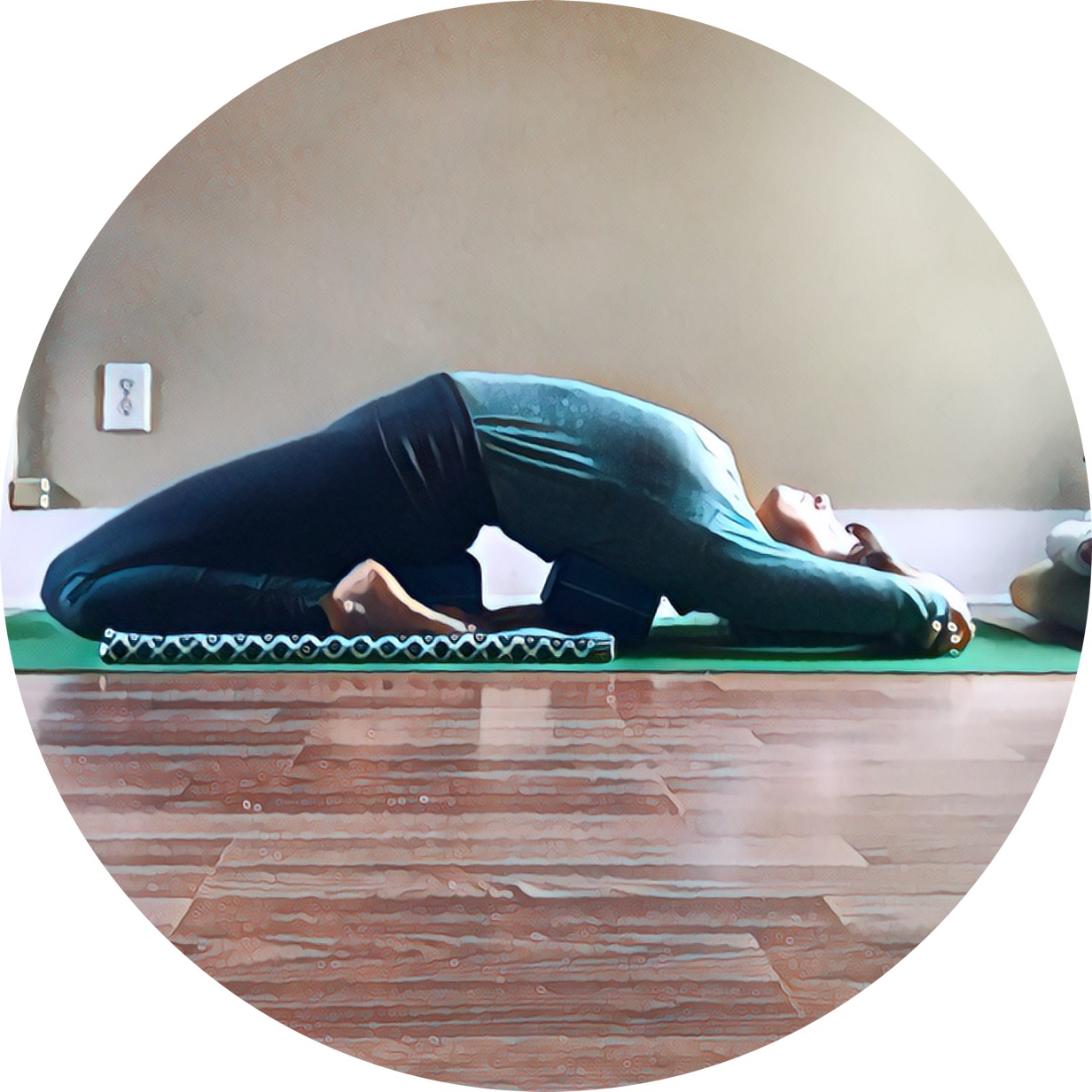The longer I practice yoga asana, the more I find myself drawn to the most simple, foundational poses. Triangle, anyone? While the complex poses like arm balancing and pretzel asana are fun to pursue, you usually can't actually spend a lot of time there.
But I can spend a lot of time in warrior 2, or supta virasana, or downdog. And right now, that feels way better, way more effective than nailing a handstand.
To actually give yourself ample time to align a pose, feel the pose in your own body, enjoy the pose, breathe there, BE THERE, is a totally different practice than an achievement oriented approach. Upon its face, it's certainly not as shiny or flashy. But dang if it isn't sustainable, health-giving and rife with the potential for internal experience.
Is your approach to practice supporting your health, your breath, your internal realm?



















